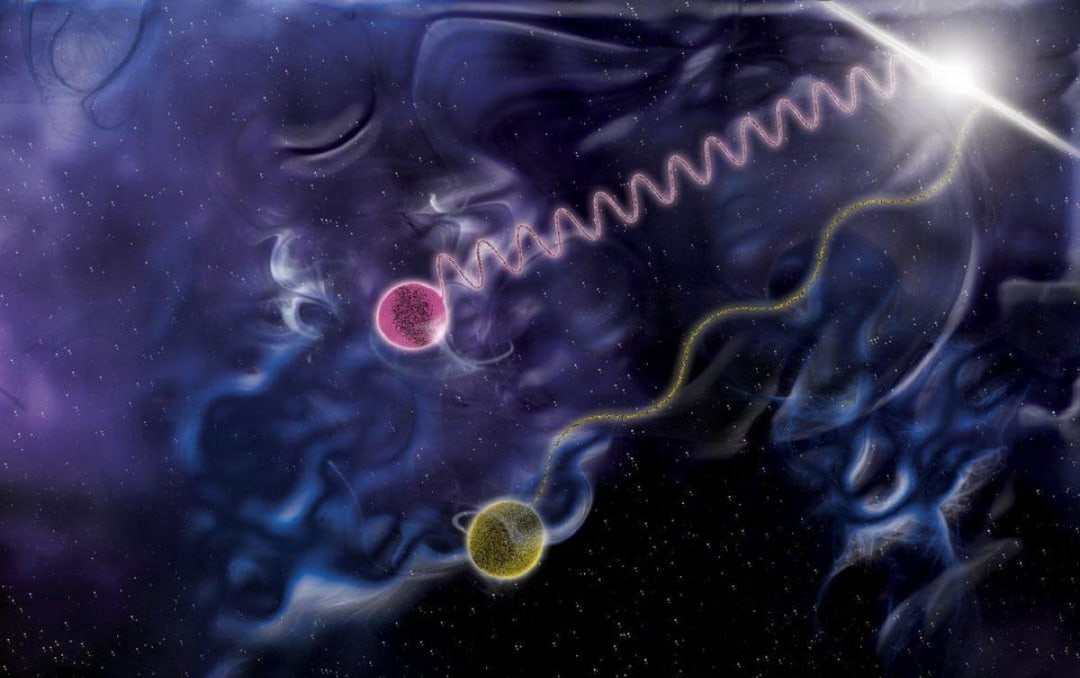Conformal properties of soft operators: Use of null states

Abstract:
Soft operators are (roughly speaking) zero energy massless particles which live on the celestial sphere in Minkowski space. The Lorentz group acts on the celestial sphere by conformal transformation and the soft operators transform as conformal primary operators of various dimension and spin. Working in space-time dimensions D=4 and 6, in this paper, we study some properties of the conformal representations with (leading) soft photon and graviton as the highest weight operators. Typically these representations contain null vectors. We argue, from the S-matrix point of view, that infinite dimensional asymptotic symmetries and conformal invariance require us to set these null vectors to zero. As a result, the corresponding soft operator satisfies linear partial differential equation (PDE) on the celestial sphere. Curiously, these PDEs are equations of motion of Euclidean gauge theories on the celestial sphere with scalar gauge invariance, i.e., the gauge parameter is a scalar field on the sphere. These are probably related to large U(1) and supertranslation transformations at infinity. Now, the PDE satisfied by the soft operator can be converted into PDE for the S-matrix elements with the insertion of the soft operator. These equations can then be solved subject to appropriate boundary conditions on the celestial sphere, provided by (Lorentz) conformal invariance. The resulting soft S-matrix elements have an interesting “pure-gauge” form and are determined in terms of a single scalar function. Heuristically speaking, the role of the null state decoupling is to reduce the number of degrees of freedom or polarization states of soft photon and graviton to one, given effectively by a single scalar function. This reduction in the number of degrees of freedom makes the Ward identity for the asymptotic symmetry almost integrable. The result of the integration, which we are not able to perform completely, should of course be Weinberg’s soft theorem. Finally, we comment on the resemblance of all of these things to quantization of fundamental strings. Read More
Publication: American Physical Society – Physical Review D
Publisher: ResearchGate
Authors: Shamik Banerjee, Pranjal Pandey and Partha Paul
Keywords: Soft operators, dimensional asymptotic symmetries, conformal invariance, conformal transformation
Meet one of the Author:
Affiliations:
Stay In the Know
Get Latest updates and industry insights every month.


